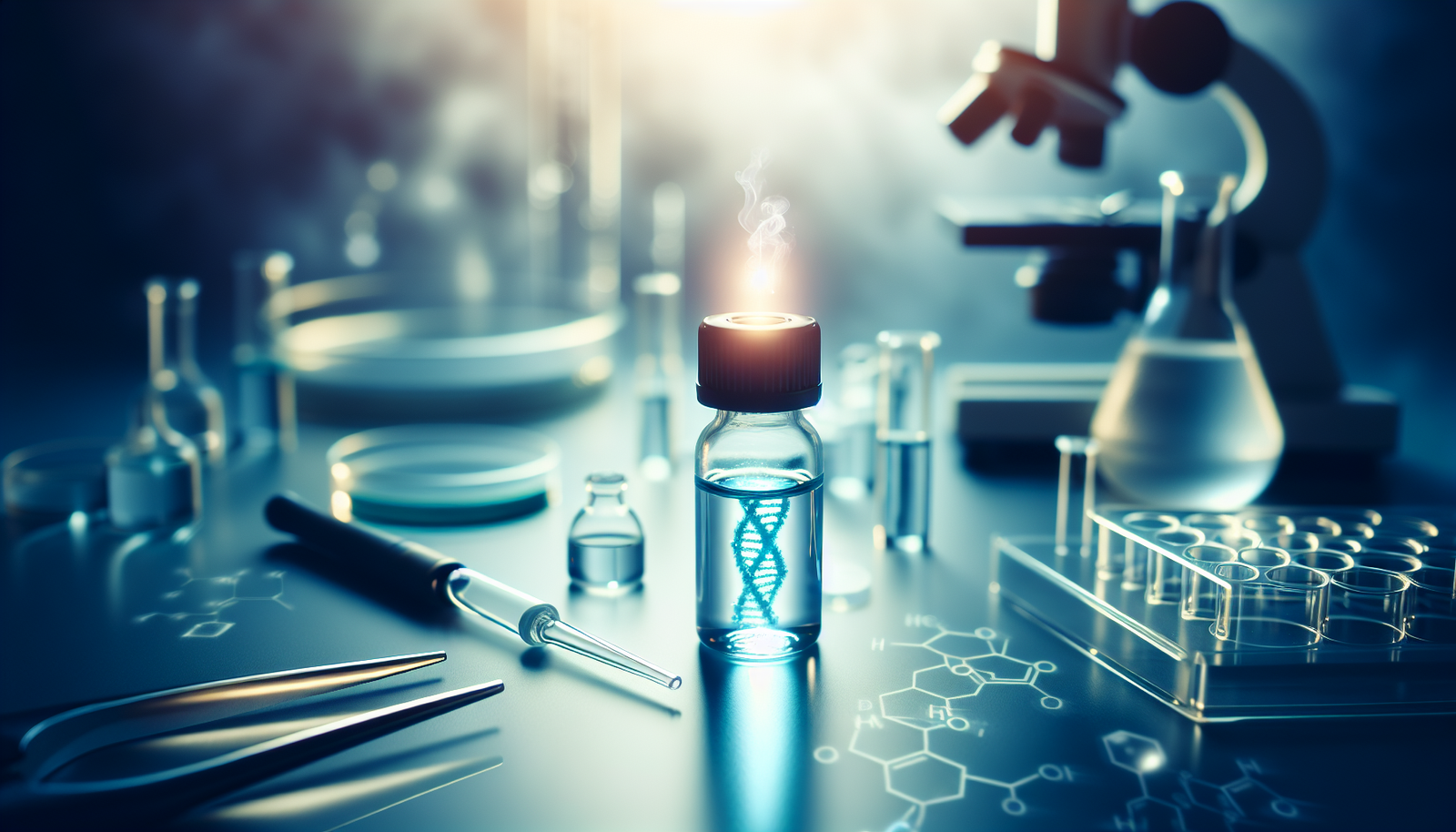
Have you ever considered how a simple dye can play a pivotal role in scientific research? Methylene blue, a compound with rich historical uses, stands out for its versatility in bioassays. This article will guide you through the mechanisms, applications, and best practices for utilizing methylene blue in your bioassays.
Understanding Methylene Blue
Methylene blue, a synthetic chemical compound, first emerged in the late 19th century, primarily as a dye. Over the decades, it has gained prominence in various fields, including biology and medicine.
Chemical Characteristics
Before diving into practical applications, it is essential to grasp the basic chemistry behind methylene blue. It’s composed of a thiazine nucleus, which contributes to its ability to absorb light in the visible spectrum.
- Molecular Formula: C16H18ClN3S
- Molar Mass: 319.85 g/mol
- Color: Dark blue solution
- Solubility: Soluble in water; slightly soluble in alcohol
These characteristics make methylene blue useful in various applications, particularly in bioassays where precise measurement and observation are crucial.
Historical Context
Initially, methylene blue served as a textile dye. Its utility soon expanded as researchers discovered its properties in microbiology and medicine. Over time, it has become an essential tool in diagnostics, particularly for observing cellular processes.
Applications of Methylene Blue in Bioassays
Methylene blue finds diverse applications in bioassays, primarily due to its staining capacity and redox properties. Below are some significant applications you may find relevant.
Cell Staining
One of the primary uses of methylene blue in bioassays is for cell staining. It allows visualization of cells under a microscope, providing insights into cell morphology and viability.
How it Works
- Uptake Mechanism: Living cells uptake methylene blue, which accumulates in the cytoplasm.
- Visualization: Under proper microscopic conditions, viable cells appear blue, while dead or damaged cells may retain less dye, appearing pale or colorless.
Redox Indicator
Methylene blue serves as a redox indicator in numerous biochemical reactions. Understanding its role in redox reactions is crucial for accurate measurement in assays.
Functionality
In an oxygen-rich environment, methylene blue exists in its oxidized form. Under reducing conditions, it transforms into leuco-methylene blue, which is colorless. This property makes it an excellent indicator of redox states in biochemical assays.
Enzyme Activity Monitoring
Methylene blue can be employed to assess enzyme activities by serving as a substrate. Certain enzymes will facilitate the reduction of methylene blue, leading to measurable changes in color intensity.
Photosensitizer in Photodynamic Therapy
In the realm of therapeutic applications, methylene blue plays a role as a photosensitizer in photodynamic therapy. It generates reactive oxygen species when exposed to light, leading to cell death in specific targets, such as cancer cells.
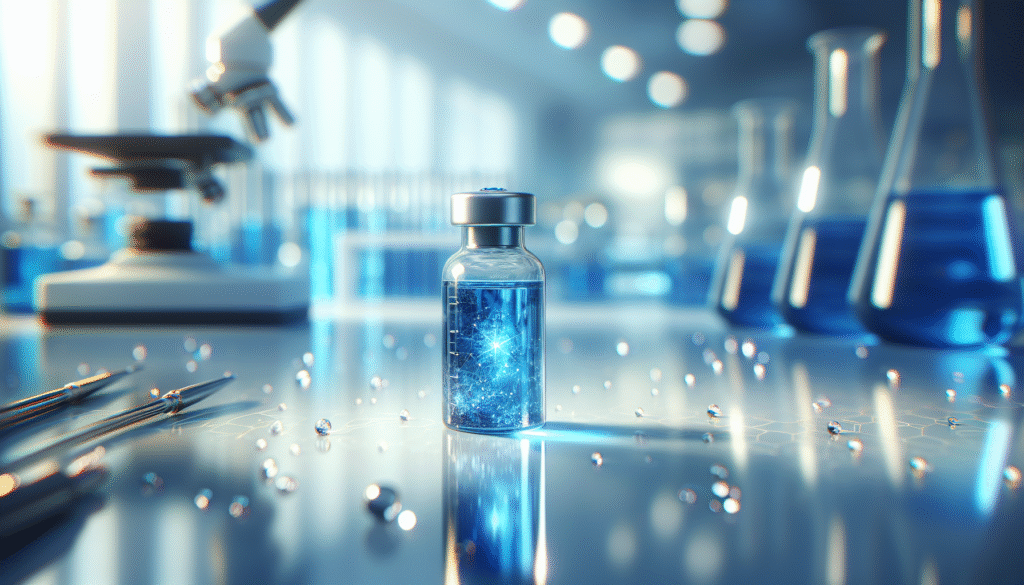
Preparing for Bioassays Using Methylene Blue
Understanding the preparation and execution of bioassays using methylene blue is vital for obtaining reliable and reproducible results.
Safety Precautions
Always prioritize safety when handling methylene blue, as it can stain skin and surfaces. Here are some key precautions to consider:
| Safety Precautions | Recommended Actions |
|---|---|
| Personal Protective Equipment | Wear gloves, goggles, and lab coats |
| Ventilation | Use in a well-ventilated area |
| Disposal | Follow local regulations for chemical waste |
Solution Preparation
To utilize methylene blue effectively in bioassays, preparing the solution correctly is essential.
Steps to Prepare a Methylene Blue Solution
- Measure the Required Amount: Determine the concentration needed for your assay, typically around 0.1% (w/v).
- Dissolve in Distilled Water: Slowly add the methylene blue powder to the distilled water in a clean beaker.
- Mix Thoroughly: Stir the solution until all the dye has dissolved completely.
- Filter: If necessary, filter the solution to remove any undissolved particles.
Storage of Methylene Blue
Proper storage of methylene blue solutions enhances their stability and effectiveness.
Storage Conditions
- Temperature: Store solutions in a cool, dark place.
- Container: Use opaque, airtight containers to minimize light exposure.
- Duration: Solutions may degrade over time; use within three months for optimal results.
Performing Bioassays with Methylene Blue
Once you have prepared your methylene blue solution, performing the bioassay is the next step. Here’s how you can proceed effectively.
Choosing the Right Assay
Selecting the appropriate bioassay is crucial. Consider the historical context of your research and the specific objectives of your experiment. Common bioassays using methylene blue include cell viability assays, enzyme activity assays, and redox potential assessments.
Experimental Design
Carefully designing your experiment will help in producing reliable data.
Elements to Consider
- Controls: Always include controls in your experiments to compare the effects of methylene blue against a baseline.
- Replicates: Conduct multiple replicates to ensure statistical significance in your results.
- Conditions: Define specific environmental conditions (e.g., pH, temperature) to maintain consistency.
Executing the Bioassay
Follow a systematic approach to executing your bioassay for the best results.
Step-by-Step Process
- Sample Preparation: Prepare your biological samples according to your experimental design.
- Adding Methylene Blue: Add a predetermined volume of methylene blue solution to each sample.
- Incubation: Allow the samples to incubate under defined conditions, enabling the cells or enzymes to interact with the methylene blue.
- Measurement: Use spectrophotometry to measure the absorbance at the appropriate wavelength, usually around 665 nm for methylene blue.
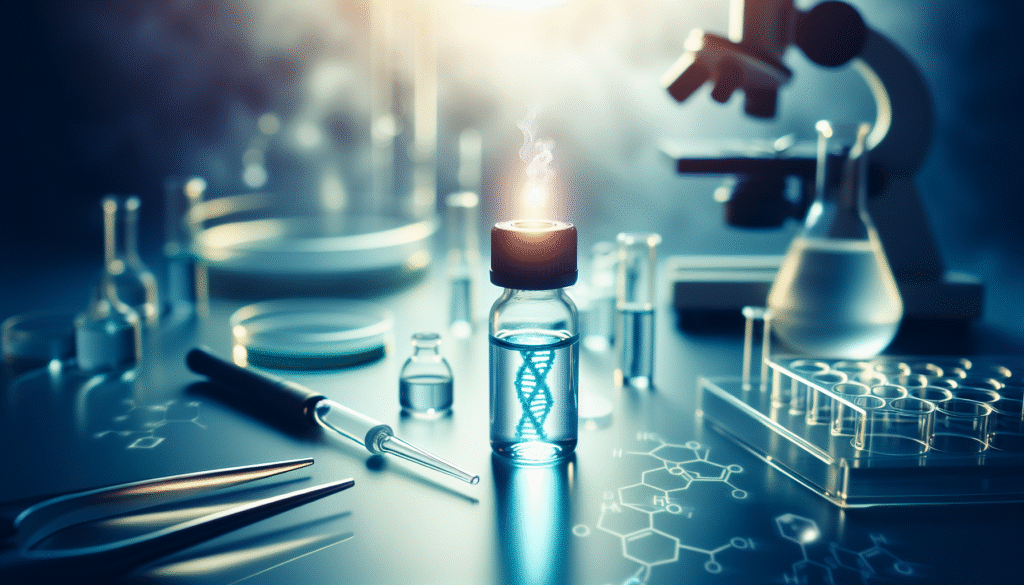
Analyzing Results
Interpreting the results of your bioassay will provide insights into the biological processes you are studying.
Data Interpretation
Good data interpretation can turn raw numbers into meaningful conclusions.
Considerations
- Absorbance Values: Higher absorbance correlates with greater cell density or enzyme activity.
- Statistical Analysis: Employ appropriate statistical methods to analyze your data and draw valid conclusions.
- Graphical Representation: Use graphs and charts to illustrate the results for better visualization and understanding.
Common Pitfalls
Be aware of common issues that may arise during your experiments.
| Pitfalls | Solutions |
|---|---|
| Contamination | Maintain sterile conditions |
| Inconsistent Measurements | Use calibrated equipment |
| Degradation of Dye | Use freshly prepared solutions |
Troubleshooting Methylene Blue Assays
Even with careful planning and execution, issues may arise during bioassays with methylene blue. Here are some common problems and solutions.
Inconsistent Results
Inconsistencies in your results can stem from various sources. Here’s how to troubleshoot.
Potential Causes
- Variability in Sample Preparation: Ensure that all samples are prepared under identical conditions.
- Dye Concentration Fluctuations: Always check the concentration of methylene blue solutions before use.
Solutions
- Conduct preliminary test runs to identify any inconsistencies before performing the actual bioassay.
- Maintain a detailed log of all experimental conditions and protocols.
Ineffective Staining
Sometimes, the staining may not yield the expected results. Here are some considerations.
Causes for Poor Staining
- Suboptimal Incubation Time: Ensure your samples are incubated long enough for optimal dye uptake.
- Incorrect Dye Concentration: Verify that the concentration of methylene blue is appropriate for your specific application.
Solutions
- Experiment with different incubation times and temperatures to find the ideal conditions for staining.
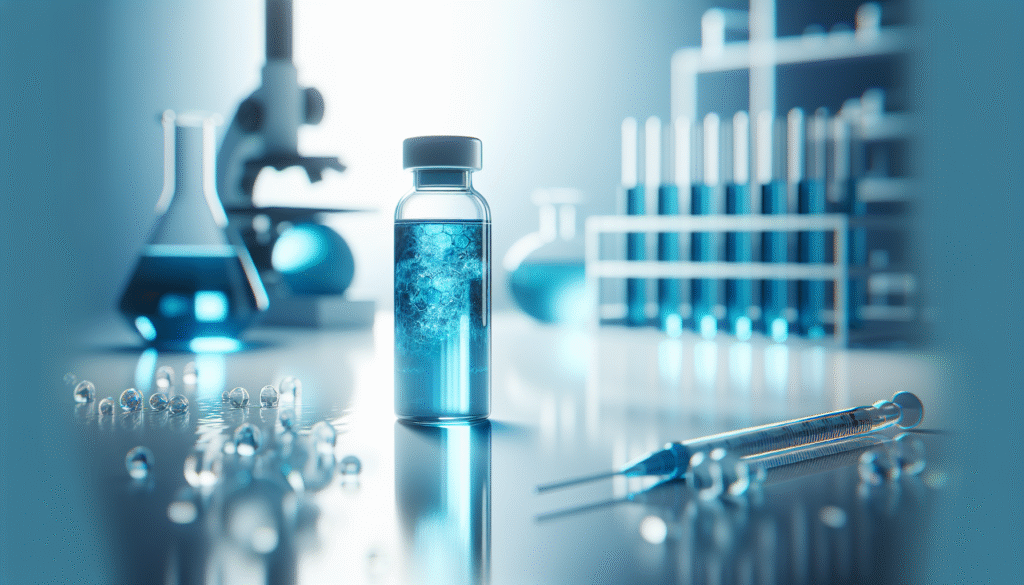
Best Practices for Working with Methylene Blue
Adhering to best practices will ensure the effectiveness of your bioassays.
Standard Operating Procedures (SOPs)
Developing and following SOPs for handling methylene blue in bioassays enhances reproducibility and reliability.
SOP Components
- Preparation Protocols: Define the step-by-step process for preparing methylene blue solutions.
- Experimental Protocols: Outline how bioassays should be conducted, including parameters like temperature and time.
Training and Validation
Training lab personnel is crucial to maintain quality and safety standards.
Essential Training Areas
- Handling Chemicals Safely: Ensure team members are well-informed about the properties of methylene blue and how to handle it safely.
- Conducting Assays: Train personnel on the specific bioassays they might perform, including proper procedures and data handling.
Documentation
Keep comprehensive records of all experiments, including raw data and observations.
Importance of Documentation
Accurate documentation enables:
- Reproducibility of experiments.
- Easy reference for future studies.
- Enhanced collaboration among team members.
Future Directions in Methylene Blue Research
The scope of research involving methylene blue continues to expand, with exciting applications emerging.
Innovations in Bioassays
Recent advancements in bioassays may incorporate methylene blue in novel ways.
Potential Areas of Expansion
- Nanoparticle Conjugation: Researchers are investigating methods to enhance the efficacy of methylene blue through binding with nanoparticles for targeted applications.
- Smart Bioassays: Development of responsive biosensors that can provide instant feedback on biological activity using methylene blue as a core component is an exciting frontier.
Potential Health Applications
Methylene blue’s potential in medicine continues to be explored extensively.
Areas of Interest
- Alzheimer’s Disease: Studies are looking into methylene blue’s neuroprotective effects, which may aid in treating Alzheimer’s.
- Antimicrobial Properties: Its potential as an antibacterial agent is being investigated in various settings, including wound healing.
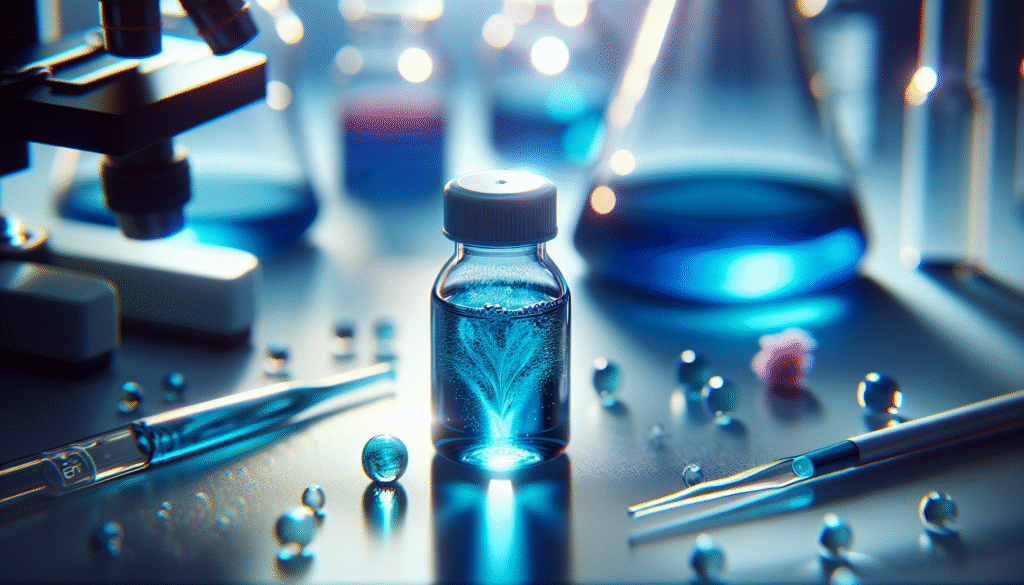
Conclusion
Your understanding of methylene blue and its applications in bioassays can significantly enhance your research capabilities. From its chemical properties and various applications to practical execution and troubleshooting, the comprehensive knowledge of this compound allows you to leverage it effectively in your scientific endeavors. Keep in mind the best practices, ongoing innovations, and potential future applications, as they can open new avenues in your work. Embrace methylene blue not simply as a dye, but as a versatile tool that can illuminate your research in profound ways.